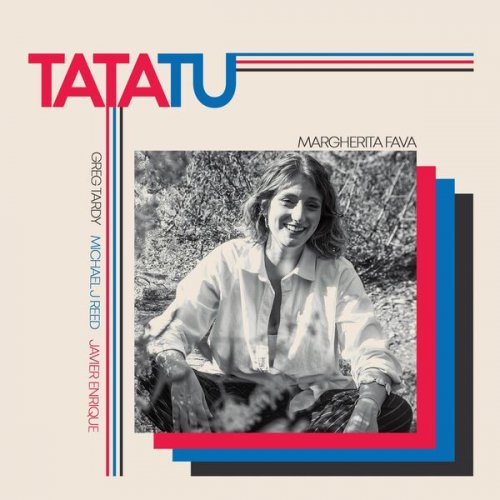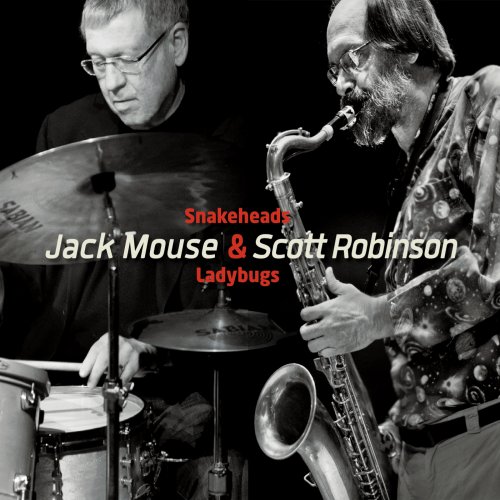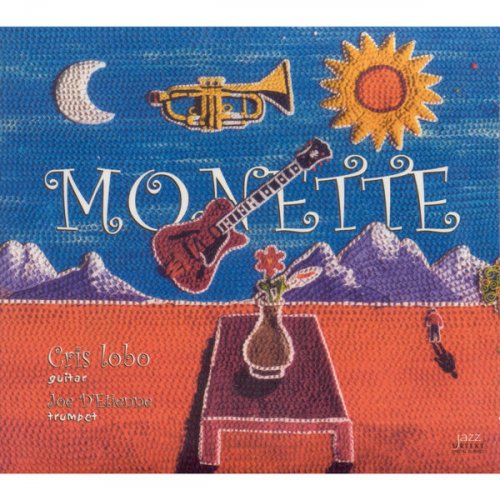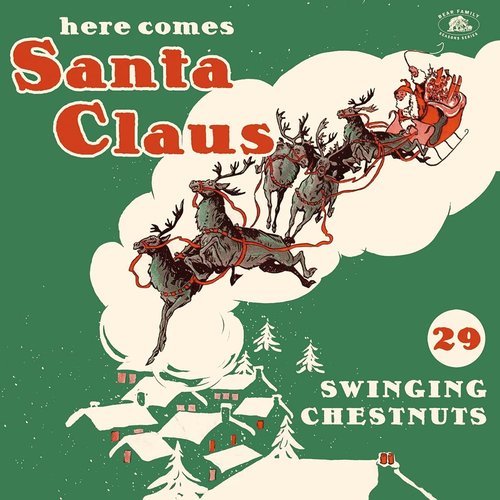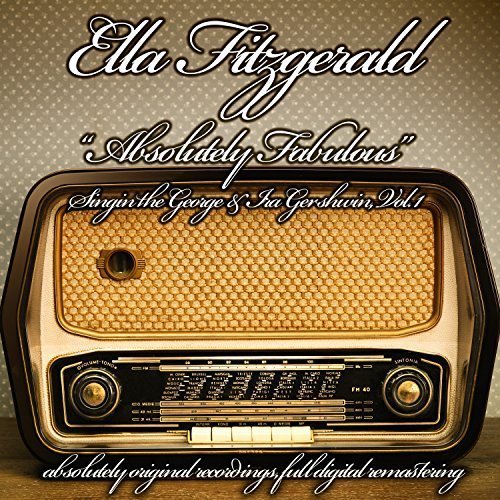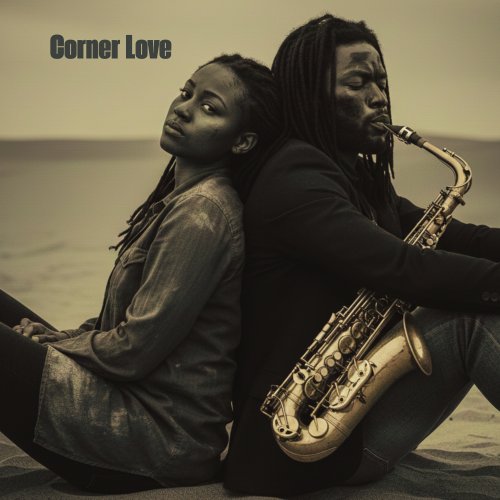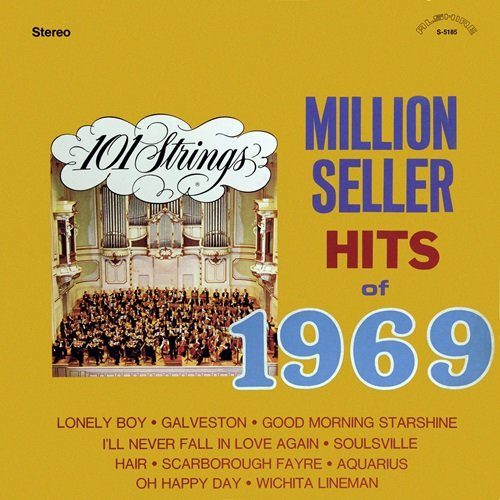The Keith Emerson Band - Three Fates Project (2012)
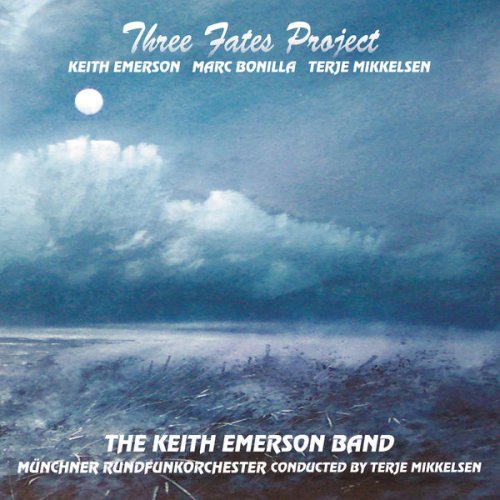
Artist: The Keith Emerson Band
Title: Three Fates Project
Year Of Release: 2012
Label: Varese Sarabande
Genre: Modern Classical, Prog Rock, Classic Rock
Quality: FLAC lossless
Total Time: 1:03:23
Total Size: 352 MB
WebSite: Album Preview
With so many of the grand figures of classic rock embarking on classical or semi-classical projects, it makes sense that Keith Emerson, a pioneer of the idea with his band Emerson, Lake & Palmer, would join the fun. Despite its title, the ELP track Three Fates (Clotho, Lachesis, and Atropos) (1971) is not included on the album. Instead, the title refers to the three figures involved in the making of this album: Emerson, guitarist Marc Bonilla, and conductor Terje Mikkelsen, leading the Munich Radio Symphony Orchestra. That suggests the project's main strength: instead of simply collaborating with an orchestrator on a new composition on primarily classical lines, or updating familiar classics, Emerson has created a structure that mixes several talents in a vital way. The booklet carries essays by Emerson, Bonilla, and Mikkelsen, each addressing the works he brought to the program. The result is something that keeps shifting, and in many cases creates new combinations. For ELP fans coming to the album, the most familiar tracks may be the most "classical": the two parts of Aaron Copland's Fanfare for the Common Man that close the program. That piece and Tarkus (Concertante) are essentially blown-up versions of ELP classics. But elsewhere there are pieces by Bonilla that combine his electric guitar and orchestra in various ways, new material by Emerson that has organically evolved from short piano compositions to orchestral pieces (mostly, but not exclusively, the orchestrations are by others), and a crackling arrangement of Alberto Ginastera's Malambo (from the suite Estancia) by Emerson and Bonilla; Ginastera, believe it or not, is claimed to have admired Emerson's original version, and this one might have been even more to his taste. Is the album more classical or rock? That's hard to say. The dominant texture is that of the symphony orchestra, and the detailed arrangements for it (sample the lovely use of the harp at the end of Emerson's After All of This, track 4, composed as the pianist's mother was dying), constitute the most important new element here. You don't actually hear that much of Emerson's keyboards; they're submerged in the texture for the most part. But somehow the way the whole project was put together, with music being recorded in no fewer than five locations (including Munich and Canton, Michigan) and then assembled in a production studio feels more of the rock world. Some of the rock players, including drummer Troy Luccketta of the band Tesla (who had never played on a project involving a conductor before), have clearly thought through what it takes to make this work, and the entire album deserves points for its sheer freshness and originality.Title: Three Fates Project
Year Of Release: 2012
Label: Varese Sarabande
Genre: Modern Classical, Prog Rock, Classic Rock
Quality: FLAC lossless
Total Time: 1:03:23
Total Size: 352 MB
WebSite: Album Preview
1.01 - The Keith Emerson Band - The Endless Enigma Suite Pt. 1 (4:08)
1.02 - The Keith Emerson Band - The Endless Enigma Suite Pt. 2 (3:07)
1.03 - The Keith Emerson Band - American Matador (5:32)
1.04 - The Keith Emerson Band - After All Of This (4:15)
1.05 - The Keith Emerson Band - Walking Distance (3:49)
1.06 - The Keith Emerson Band - Tarkus - Concertante (20:05)
1.07 - The Keith Emerson Band - Malambo (4:04)
1.08 - The Keith Emerson Band - The Mourning Sun (2:58)
1.09 - The Keith Emerson Band - Abaddon's Bolero (6:42)
1.10 - The Keith Emerson Band - Fanfare For The Common Man Pt. 1 (3:33)
1.11 - The Keith Emerson Band - Fanfare For The Common Man Pt. 2 (5:11)
